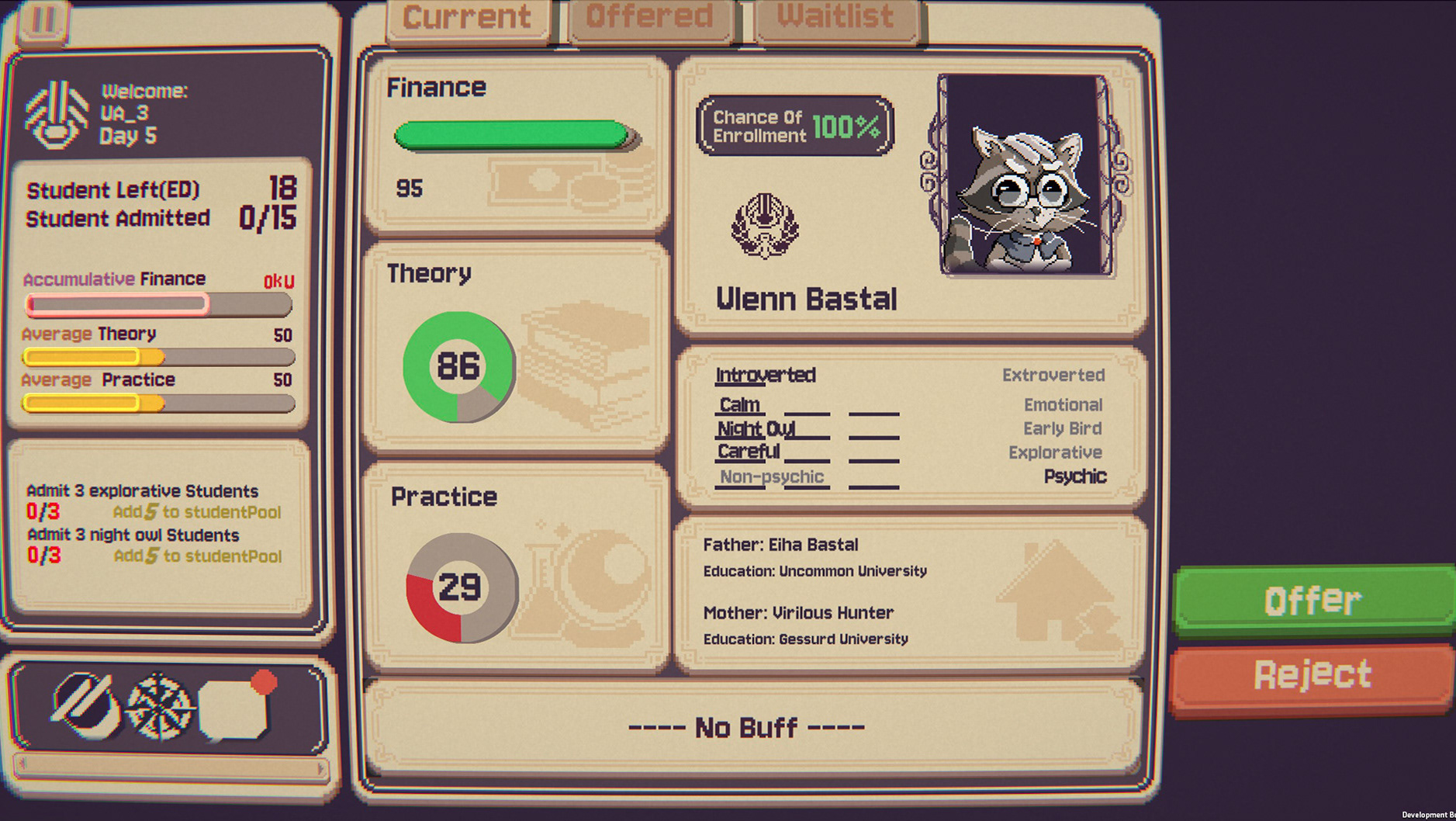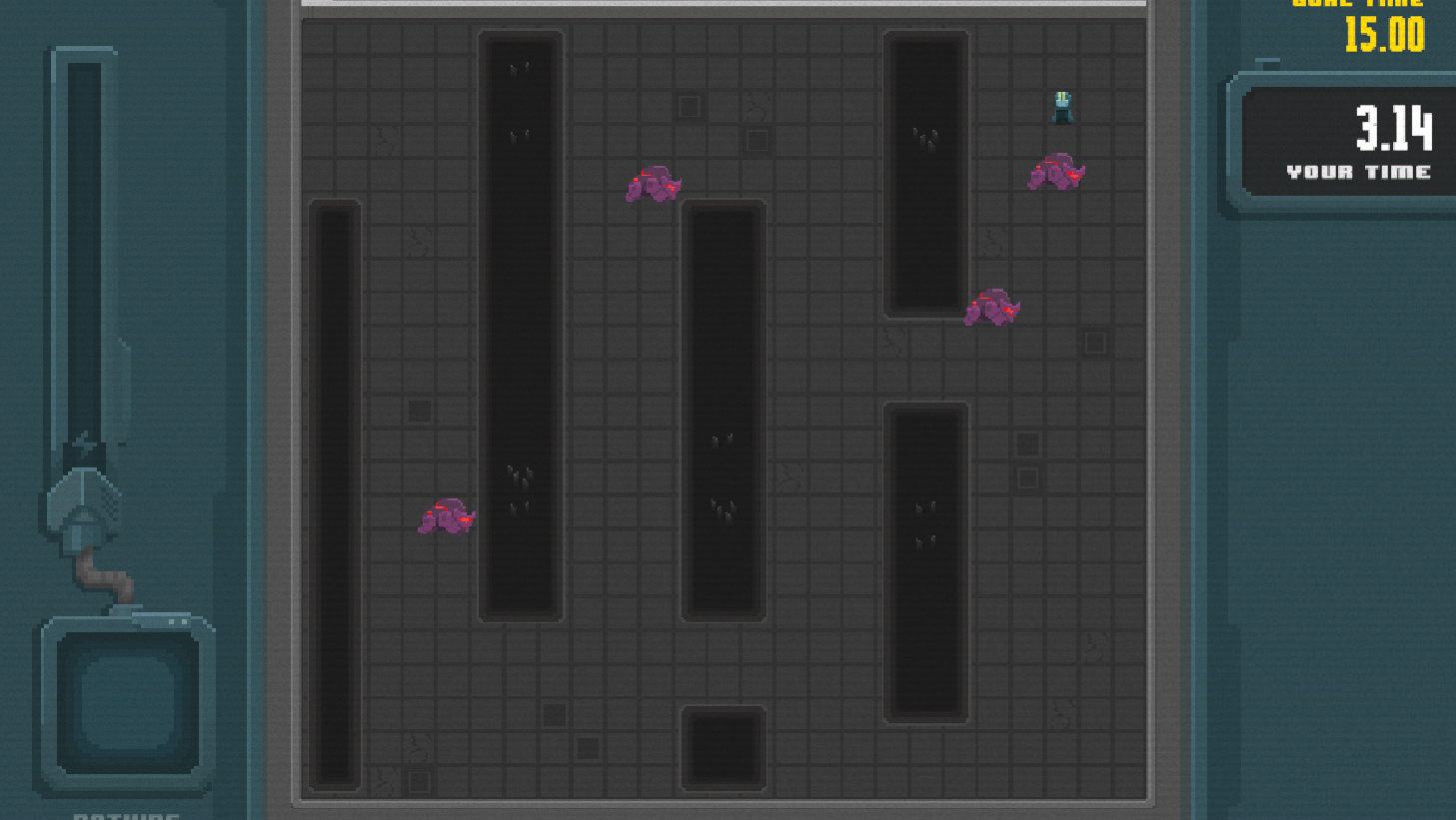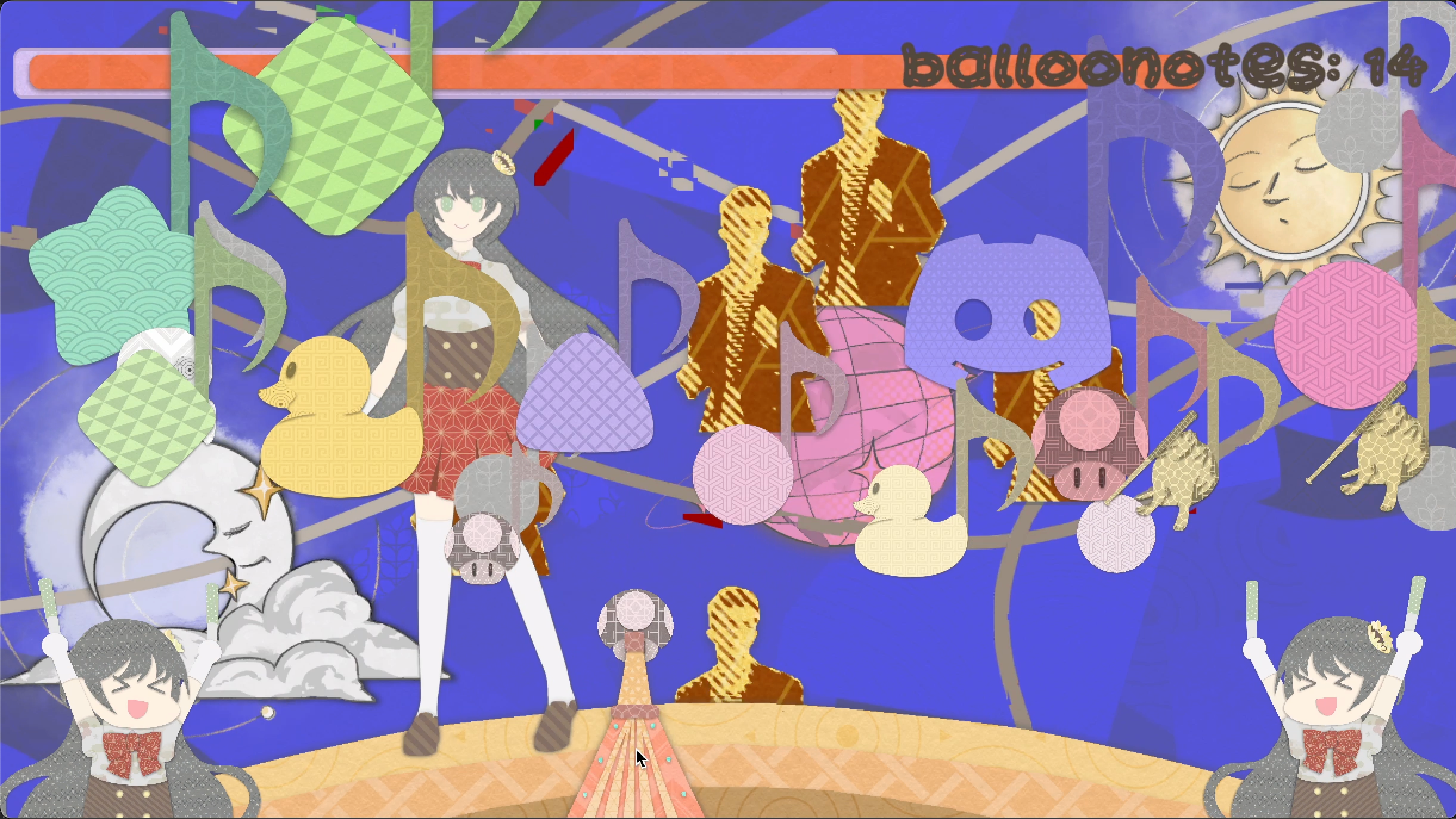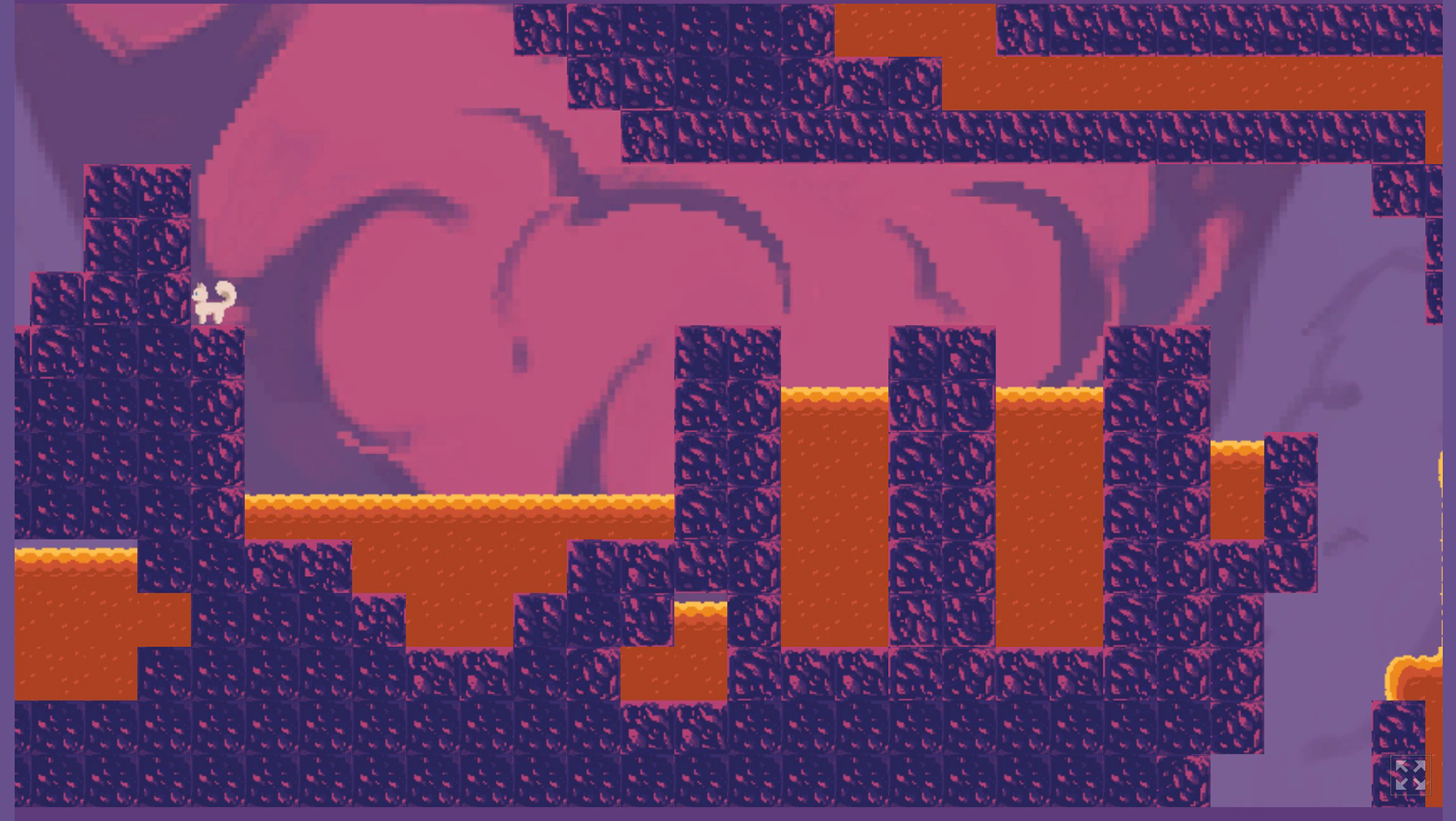The screenshot of the game Being in Touch
2D Narrative and Social Critical Game, Third Web Game, Three Phases.
Platforms used: Unity3D, Procreate, Blockchain, and Freesound.
Programming languages: C#.
Position: Project Manager/Artist/Narrative Designer/Second Programmer.
Link to the project (itch.io): https://huihan.itch.io/being-in-touch
Inspiration and Background
The Formation and Change of Personality in the Growth
As a child, I was always fascinated by the concepts of growth and identity. During high school, I took the MBTI test multiple times at different intervals. The first time was in my psychology class while studying the personality unit, and I received the result of INFP. Shortly after the first, the second time was at the end of the same unit, where the result changed to INTJ. This discrepancy led me to ask my teacher, "I find this strange because personality is not fixed. The test results may depend greatly on how I felt that week or even that morning. It seems my personality is constantly shifting."
The third time I took the test was two years later while preparing for college applications, and to my surprise, I received the result of ENTJ. This experience made me realize the fluidity of personality, influenced by the growth environment and personal experiences.
STEM/non-STEM?
Interestingly, there is a relationship between learning ability, direction, background, and personality. From my observations, many parents in China tend to believe that students who excel in math or natural sciences are inherently smarter than those who do not. However, I don't think this is a logical assumption.
A relevant story is about my mother. She was more talented in history and the Chinese language in high school. However, since all of her siblings were in the arts stream, my grandfather expected her to pursue a path in the science stream of STEM subjects. This decision was driven by the belief that if all the children in the family were in the arts, people might perceive the family as less "smart" than others, even though my grandfather had majored in Chinese Language and Literature. Ultimately, this choice disappointed her during the college enrollment process.
This story, which my mother has shared with me many times, makes me question whether the expectation that everyone excels in science is reasonable in terms of educating children.
Then, Why Game?
I want to create a story that explores the themes of personality and learning while highlighting how the environment influences the development of children and teenagers. By transforming this concept into a game, I aim to visualize parents' impact on their children. Through interactions in the game, players can observe how parental opinions shape personality, and attitudes toward their parents.
Additionally, instead of using traditional input methods like a mouse and keyboard, this game will allow players to make decisions by touching a sensor on their face. Physical touch is a meaningful way to express our feelings and thoughts. This idea of mimicking touch—one of our most basic senses—leads to the name of the project: "Being in Touch."
Process of Making
Following Erik Erikson's theory in developmental psychology, Stages of Psychosocial Development, I selected the stages of school age, adolescence, and young adulthood to be the range of ages where the interactions between the child and the parent are concerned.
The Input and Interaction
The basic mechanism here is based on touch input: by touching a sensor on the face, the player's choice is determined. In each phase, the player starts a conversation with the child, and that is the container for interactions.
Pressing at designated spots on the touch input, the player opposes or encourages the child. Pressing with different strengths, the strength of encouragement and opposition will also change. Therefore, there are 2x2 = 4 choices that the player could make in each decision.
The Computation of Sets of Characteristics
As a consequence of the decision, the value of attitude, preference, and personality tendency would accumulate. There are overall 6 sets of characteristics: Like/Fear, STEM/Non-STEM, Extraverted/Introverted, Observant/Intuitive, Feeling/Thinking, and Judging/Prospecting.
The first and second sets of values are on the attitude of the child toward the parent, and the rest of the sets represent the personality of the MBTI. In one set of characteristics, when the numerical value of one pole is over the other, the expression of the value would be decided systematically. For instance, in the set of Extraverted (E)/Introverted (I), if the numerical value of E is larger than I, then the value for this set is E, equivalently the child turns to be an extraverted person.
The Consequence of Interaction
Starting from the 2nd phase, according to the value recorded, the setting of the background and the body posture of the child will be determined.
Depending on the MBTI-related values, the color of the background would correspond to the personality type of the child. For example, if at the end of the 1st, based on the MBTI-value accumulated, the personality of the child is ENTJ, then in the next level, the background will be rendered with light blue, which is a representative color for ENTJ, one of the Sentinels-type of personality.
The presentation of the entire game loop
The Narrative
Naturally comes the narrative. There are three conversation scenarios on different topics, happening in three chosen stages of human development. The general setting of the story is that the parent has a tendency to persuade the child to pursue a concentration of study in STEM subjects, whereas the child does not have obvious talent in doing so, in the beginning.
There is also a change in the topics and tone as the age increases. Here is an example of the possible scenarios. For the 1st phase, at school age, the conversation is about playing in the neighborhood; for the 2nd phase, in adolescence, the conversation is about joining a party with friends overnight; and for the 3rd phase, as a young adult, there will be a more serious talking related to life in college.
The values shift in the conversation, due to the decision made by the player in interaction.
Art Direction & Design
The art direction of the game is in hand drawing style to have a simple feeling as the picture book.
The character is in a neutral appearance to give more emphasis on the personality through the design and color of the background, which is from the morning to the afternoon, and then to the night, to finish a day cycle, marking the end of dependency of the child, as well as the end of the game.
All the art assets are made with Procreate.
The 1st Phase - School Age
In this phase, there is no design of split in body posture between the attitudes toward the parent since children at this age mostly have a favorable appeal to their parents.
In appearance, the child is wearing the school uniform, and the facial expression would show the emotion straightforward without too much consideration.
And for the scene is in the morning, outside in an energetic neighborhood with vivid colors.

Glad

Standard

Disappointed
The background of the neighborhood in the morning
The 2nd Phase - Adolescence
Now we have a split for body posture between the attitudes: the posture of turning hands behind means rejection, and the contrary means intimacy.
The child is in a dress in Mondrian style, which gives a youthful feeling. Also, the facial expression in this period is quite indirect, as in adolescence, teenagers may hide their feelings with shyness.

Glad & Fear

Standard & Fear

Disappointed & Fear

Glad & Like

Standard & Like

Disappointed & Like
The scene is now in the study room. By the window, the player could see the neighborhood, which marks the transition in phase and growth. There is also a split in decorations in the room for the tendency of the area of study for the child. Clearly, the experimental equipment means a preference for natural science, whereas the palette of the canvas probably does not.
Through the light cast from the window, the whole room is rendered with typical color to indicate personality, this also means the influence of the previous phase of life stays.
Yellow - Explorers/Blue - Sentinels/Green - Diplomats/Purple - Analysts

Explorers & Non-STEM

Explorers & STEM

Sentinel & Non-STEM

Sentinels & STEM

Diplomats & Non-STEM

Diplomats & STEM

Analysts & Non-STEM

Analysts & STEM
The 3rd Phase - Young Adulthood
In this phase, there is also a split in body posture: crossing arms front chest is more defensive, and the contrary posture is more relaxing. Now the child, or perhaps the young adult, is in a sportswear with a more mature appearance. The facial expression is quite straight, for which youngsters in the period usually have more confidence and power than before.
The scene is in the corridor at night, which marks the end of the day as well as the experience of raising. This atmosphere implies that the child is gaining independence, and the parental relationship becomes subtle. Through the light cast from the door, the player sees the study room as well as the neighborhood, which also tells the transition in stages in the progress of growth and the consequence is under accumulation.
Different sets of decorations in the scene and the color filter by the light also imply the trend of personality and interest in the study of the child.

Glad & Like

Standard & Like

Disappointed & Like

Glad & Fear

Standard & Fear

Disappointed & Fear

Explorers & Non-STEM

Explorers & STEM

Sentinels & Non-STEM

Sentinels & STEM

Diplomats & Non-STEM

Diplomats & STEM

Analysts & Non-STEM

Analysts & STEM
The Final Phase - Commencement
In the last phase, the player reaches the end of the game. By then, the player would receive a photo of the child on the commencement day.
If the child likes the parent, the facial expression will be warm, if not, the expression will be indifferent.
The decoration on the suit will differ by the majors that the child has in college: if the child is studying in the areas of Humanities, the decoration will be pink; and if the child is studying in the area of Engineering, the decoration will be yellow.
Also, there are overall 16 distinct bouquets available to be shown in the photo to indicate the personality of the child. The photo is also rendered by the color of the corresponding personality.
This photo is supposed to be downloadable as a non-fungible token, which tries to deliver the idea that the result of raising a child is unique.
Diplomats Representatives:
ENFJ - Sunflower
ENFP - Sakura
INFJ - Lavender
INFP - Forget-Me-Not
Analysts Representatives:
ENTJ - Protea
ENTP - Gerbera
INTJ - Plum Blossom
INTP - Dandelion

ENFJ

ENFP

INFJ

INFP

ENTJ

ENTP

INTJ

INTP
Final Presentation
Here is the screen record of the game (around 2 minutes 39 seconds in Google Drive):
https://drive.google.com/file/d/1vncmQq_FQHneWxMu8CvOzZFF9FU77psf/view?usp=sharing






